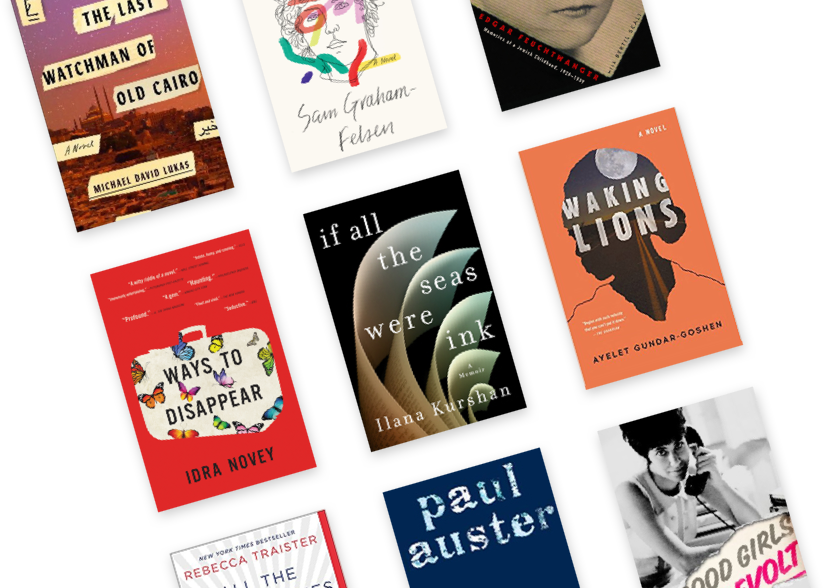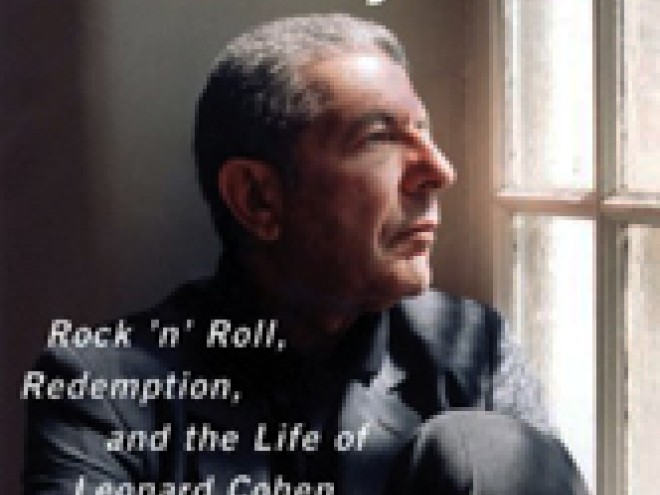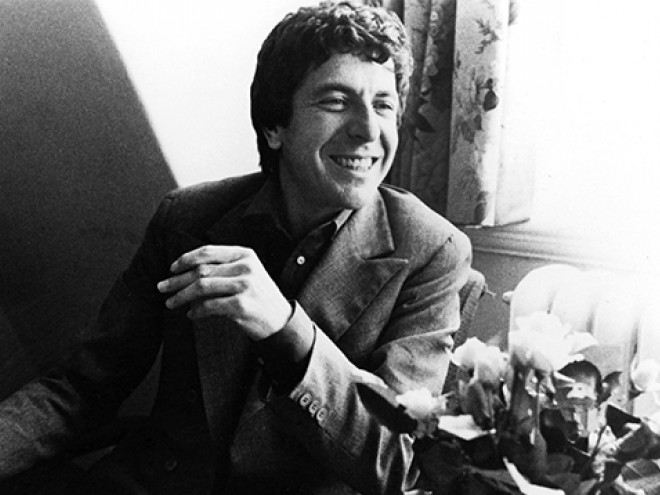Marlin and Betty Levin made the journey from Harrisburg, Pennsylvania in 1947 to help build the modern Jewish State. We experience their amazing contributions, hardships, faith and camaraderie while learning about life in Jerusalem and about the Palestine/Jerusalem Post.
Next is Mike Ginsberg, born in 1950 Brooklyn when the borough’s Jewish population was one million. After family misfortune, Mike’s mother temporarily relocates to Israel and thus begins Mike’s identification as an Israeli. He makes aliya as a teen, becomes an Israeli soldier and member of Kibbutz Misgav Am, in the most remote, northeastern corner of the Upper Galilee, bordering Lebanon. The kibbutz mission is to cultivate the land and defend the border. We see Mike’s challenges in transforming himself into an Israeli and learn much about American and Israeli life in the 60’s, 70’s and 80’s.
Lastly, the Kalker family is featured. They long for something inexplicably missing from their contented lives in Queens that can be found only in Israel. They relocate in 2001, a time when terrorism strikes often. I identify with the Kalkers’ background and yearning. I have watched neighbors make aliya and have mourned the murder of a friend on the Tunnel Road as described by Liel Leibovitz. Why aliya? The answer is heartfelt as Danny Kalker explains that Israel as a state and idea is the past and future of the Jewish people, but for him it is also the present.
Despite my familiarity with the idea of aliya, I found the book Aliya to be thoroughly engaging, enlightening, inspiring. I only wish a map of Israel had been included.
Miriam Bradman Abrahams, mom, grandmom, avid reader, sometime writer, born in Havana, raised in Brooklyn, residing in Long Beach on Long Island. Longtime former One Region One Book chair and JBC liaison for Nassau Hadassah, currently presenting Incident at San Miguel with author AJ Sidransky who wrote the historical fiction based on her Cuban Jewish refugee family’s experiences during the revolution. Fluent in Spanish and Hebrew, certified hatha yoga instructor.




